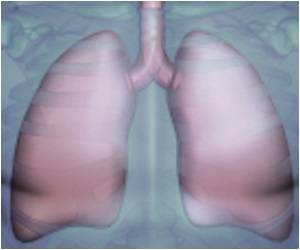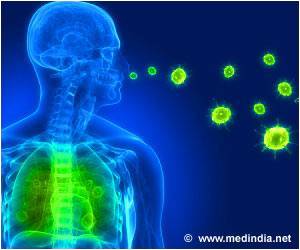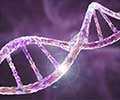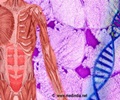New research explored tumour heterogeneity – where different cells have different appearances or their own DNA signatures within the same cancer.

Firstly they confirmed the mutual exclusivity between the EGFR mutation and either the KRAS or BRAF mutation. Secondly, they found that lung cancers driven by the EGFR gene mutation have that specific mutation present uniformly throughout the tumour, regardless of microscopic appearance. In stark contrast, they discovered that some tumours, with either KRAS or BRAF gene mutations, do not have the mutation present in all parts of the tumour.
Lead researcher Associate Professor Gavin Wright from the University of Melbourne and Director of Surgical Oncology at St Vincent's Hospital, said the findings are good news for patients whose tumours contain treatable mutations in the EGFR gene.
Lung adenocarcinomas (the most common form of lung cancer) that feature the EGFR gene mutation tend to occur in women and non-smokers. They are very effectively treated by the oral drug gefitinib, so it is vital that this mutation is accurately detected.
"Because we found that this particular EGFR mutation was present throughout all areas of such tumours tested, patients with this mutation will be easily identified, even by small needle biopsies."
"This means they will always be offered the appropriate targeted treatment drug, which is more effective than standard chemotherapy for these cases," he said.
Advertisement
The story is a little more complicated for other lung cancers, though. The researchers found that two less common mutations – KRAS and BRAF - could be missed in small biopsy samples. In more than a quarter of the cases they tested, the mutation was only present in one subtype of the tumour and not necessarily uniformly.
Advertisement
"These findings have significance for diagnostics and for precision medicine in lung adenocarcinoma and may lead to similar studies in other tumour types."
Source-Eurekalert















